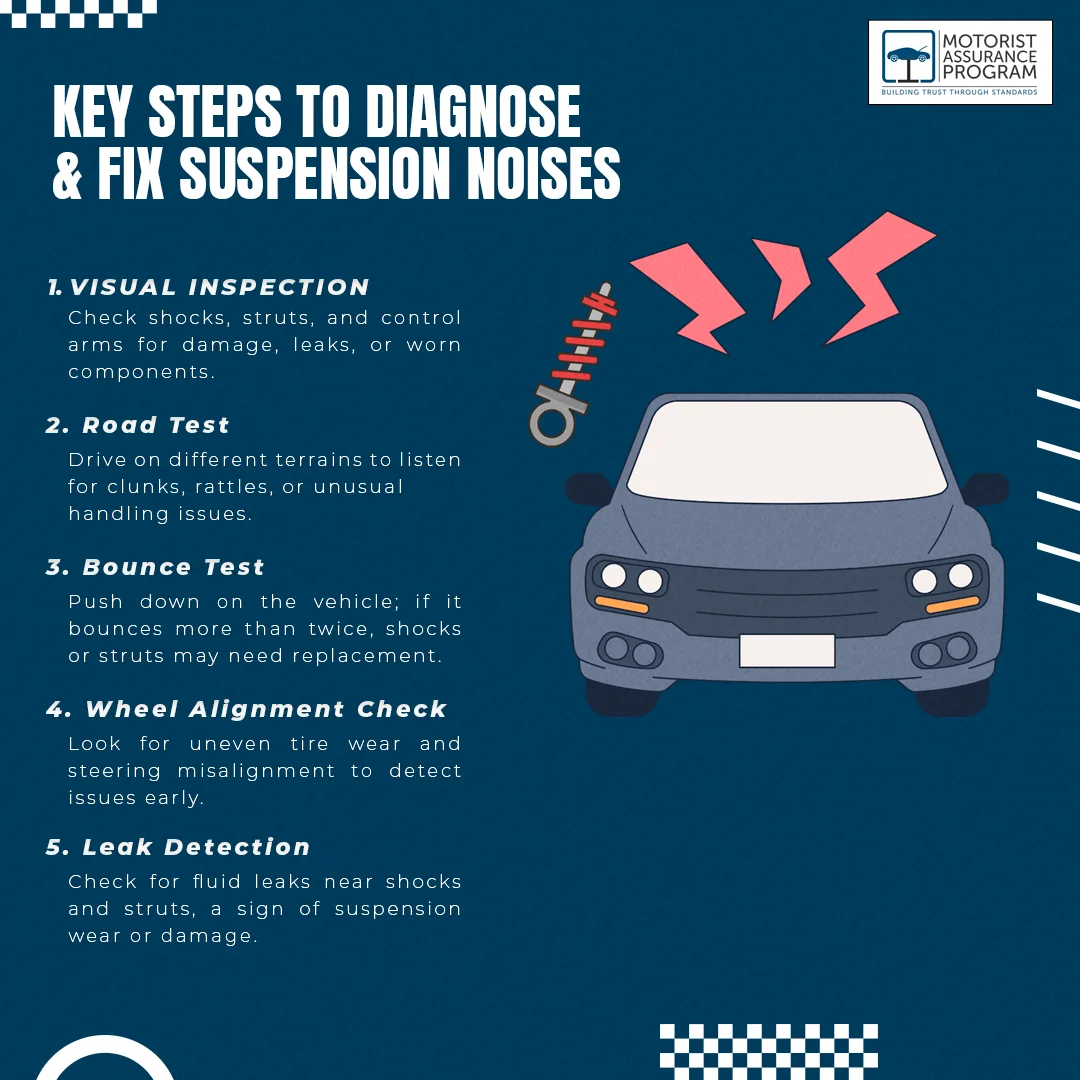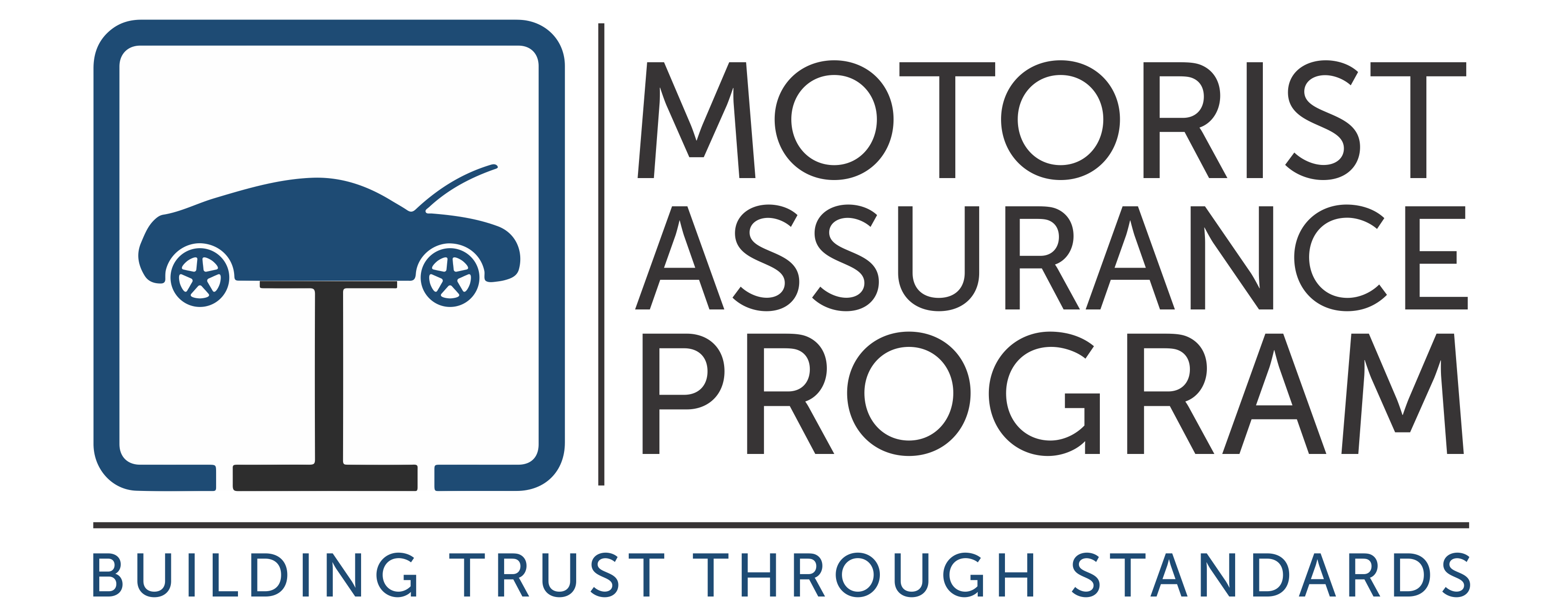To detect and fix suspension noises, start with a visual inspection of shocks, struts, and control arms for wear or leaks. Next, perform a road test to listen for any clunks or rattles, then do a bounce test; if your car bounces more than twice, it might need new shocks. Check the wheel alignment for uneven tire wear. Addressing these issues can improve your ride, and there’s more to explore about each step.

Key Takeaways
- Perform a visual inspection for wear, damage, and fluid leaks in suspension components like shocks and struts.
- Conduct a road test to identify unusual sounds or handling issues during various driving conditions.
- Use the bounce test; if the vehicle bounces more than twice, shocks or struts may need replacement.
- Check wheel alignment for proper steering and look for uneven tire wear patterns that indicate misalignment.
- Regular maintenance and prompt replacement of worn components can prevent further suspension noise and ensure a smoother ride.
Diagnosing Suspension Issues
When it comes to diagnosing suspension issues, you’ll want to start with a visual inspection of the components. A road test can help you identify sounds and handling problems, while a bounce test will reveal how well your shocks are functioning. Don’t forget to check for leaks and verify your wheel alignment is correct to keep your ride smooth.
Visual Inspection
To effectively diagnose suspension issues, a thorough visual inspection is essential, as it allows you to spot potential problems before they escalate. Start by checking for any visible signs of wear or damage on components like shocks, struts, and control arms. Look for fluid leaks, cracked bushings, or bent parts, which can all contribute to diagnosing suspension noises. Don’t forget to examine the springs and guarantee they’re properly seated. Pay attention to the tires as well; uneven wear can indicate alignment issues. By knowing how to diagnose suspension noise through visual cues, you can address problems early, saving time and money on repairs. Make this inspection part of your regular vehicle maintenance routine.
Road Test
A road test is essential for diagnosing suspension issues, as it allows you to experience firsthand how your vehicle handles on different surfaces. Start by driving on smooth roads, then shift to bumpy or uneven terrain. Pay attention to any unusual sounds; these can be key in your suspension noise diagnosis. If you hear clunks, rattles, or squeaks, it could indicate problems with your shocks, struts, or bushings. To effectively diagnose front suspension noise, turn the steering wheel while driving slowly. Listen for noises during turns, as they may point to worn components. Remember, a thorough road test can reveal issues that a visual inspection might miss, helping you maintain your vehicle’s performance and safety.
Bounce Test
One effective method to diagnose suspension issues is the bounce test, which can quickly reveal whether your shocks or struts are functioning properly. To perform this test, simply push down on the front or rear of your vehicle and then release. If your car bounces more than twice before settling, it’s likely that your shocks or struts are worn out, leading to unwanted suspension noises. You might also notice increased body roll while driving, further indicating a problem. To fix suspension noise, you may need to replace these components. Regularly checking your suspension can help you catch issues early, ensuring a smoother ride and better handling. Don’t ignore those bounces; they could signal a need for immediate attention!
Wheel Alignment Check
While you might not immediately think of wheel alignment when it comes to suspension noises, improper alignment can considerably contribute to issues like uneven tire wear and handling problems. To diagnose suspension noise effectively, you should first check your wheel alignment. If your vehicle pulls to one side or the steering wheel isn’t centered, it’s a sign that alignment may be off. You can also look for uneven tire wear patterns, which often indicate misalignment. If you notice these signs, it’s crucial to have a professional inspect and adjust your alignment. Knowing how to find suspension noises related to alignment can save you time and money by preventing further damage to your tires and suspension components down the road.
Check For Leaks
Before diving into potential repairs, it’s essential to check for leaks in your suspension system, as they can be a significant indicator of underlying issues. Look for any fluid pooling under your vehicle or around the shocks and struts. If you notice wet spots, it might mean you’re dealing with a leaking shock absorber or strut. Addressing these leaks early can save you money in the long run, as fixing suspension issues can get costly. You might be wondering, how much it costs to fix suspension? Depending on the extent of the damage, it can vary widely. Additionally, a bad suspension often sounds like clunking or banging noises when you drive over bumps, so keep an ear out for those signs.
Fixing Suspension Issues
Fixing suspension issues is essential for maintaining your vehicle’s safety and comfort on the road. If you’ve noticed strange noises or handling problems, it’s time to address them. While you might wonder, “Is fixing suspension expensive?” the cost can vary based on the issue. Here are some steps to take:
- Inspect for worn-out parts, such as shocks or struts.
- Check your vehicle’s alignment and tire condition.
- Seek professional help if you’re unsure about repairs.
Taking action to fix your suspension on your car not only enhances driving quality but also prevents further complications. Don’t delay; a well-functioning suspension keeps you safe and guarantees a smooth ride.
Frequently Asked Questions
What Tools Do I Need to Inspect My Suspension?
To inspect your suspension, you’ll need a jack, jack stands, a wrench set, a torque wrench, and a pry bar. These tools help you safely lift your vehicle and check for any issues effectively.
How Often Should I Check My Suspension Components?
You should check your suspension components at least once a year, or more often if you notice unusual handling or noises. Regular inspections help guarantee safety and prolong the lifespan of your vehicle’s suspension system.
Can Suspension Noises Indicate Other Vehicle Problems?
Yes, suspension noises can indicate other vehicle problems. If you’re hearing unusual sounds, it might mean issues with components like wheel bearings or bushings. Staying alert to these noises can help prevent further damage to your vehicle.
Is It Safe to Drive With Noisy Suspension?
Did you know that 30% of drivers ignore suspension issues? While it might seem okay to drive with noisy suspension, it’s risky. Unresolved issues can lead to further damage or accidents. Best to get it checked.
How Much Does Suspension Repair Typically Cost?
Suspension repair costs can vary widely, typically ranging from $100 to over $1,000. Factors like the vehicle type, parts needed, and labor rates influence the final price, so it’s best to get multiple estimates.
Conclusion
In the grand symphony of your vehicle, suspension noises are the dissonant notes that disrupt the harmony. By tuning into these sounds and taking action, you can restore balance and guarantee a smooth ride. Just as a skilled musician fine-tunes their instrument, addressing suspension issues promptly will save you from costly repairs and safety concerns down the road. Keep your vehicle’s melody flowing, and enjoy every journey with confidence and peace of mind.


